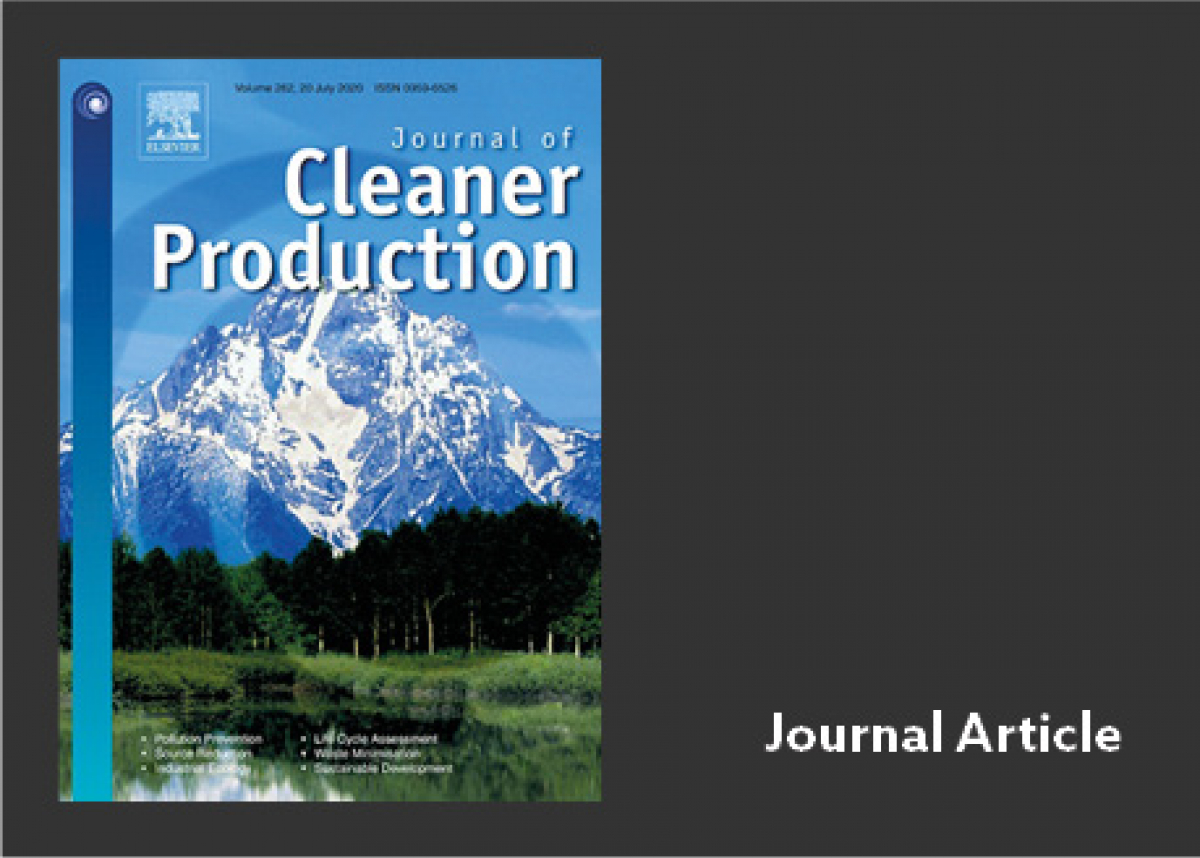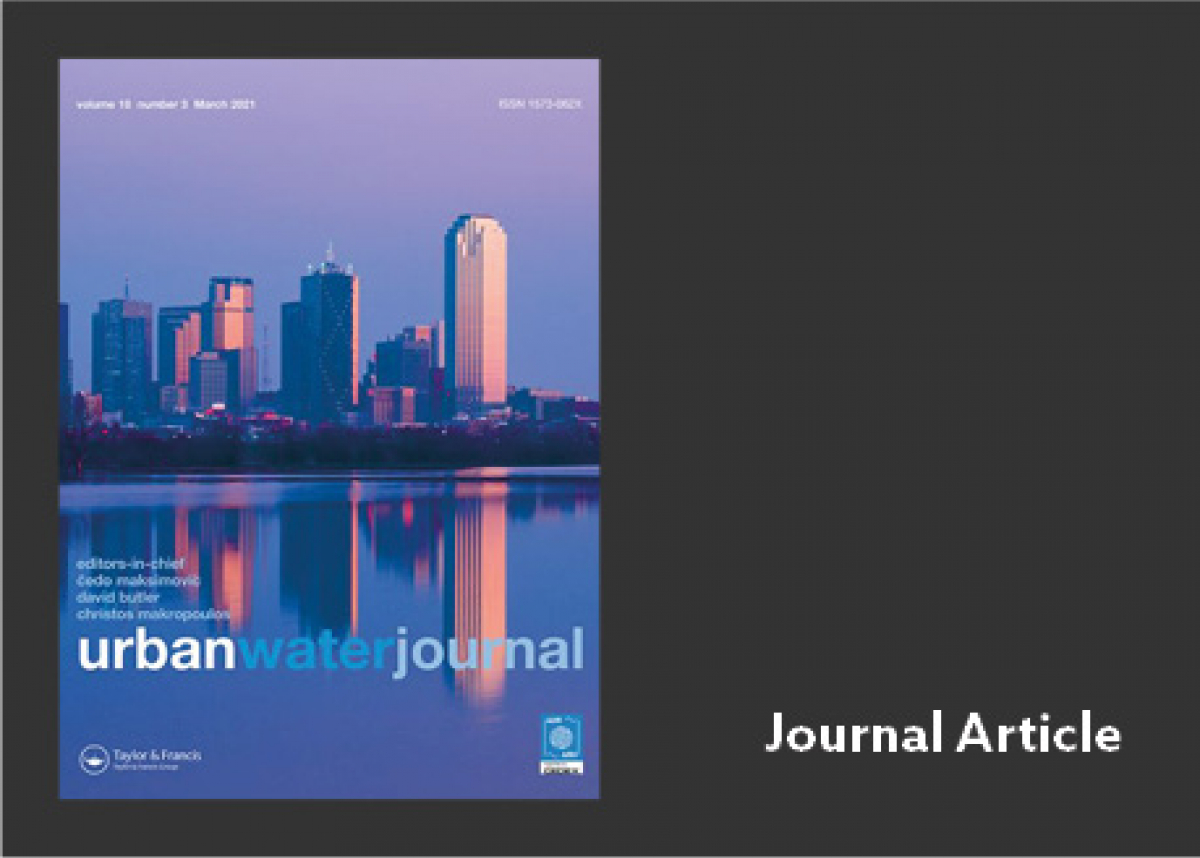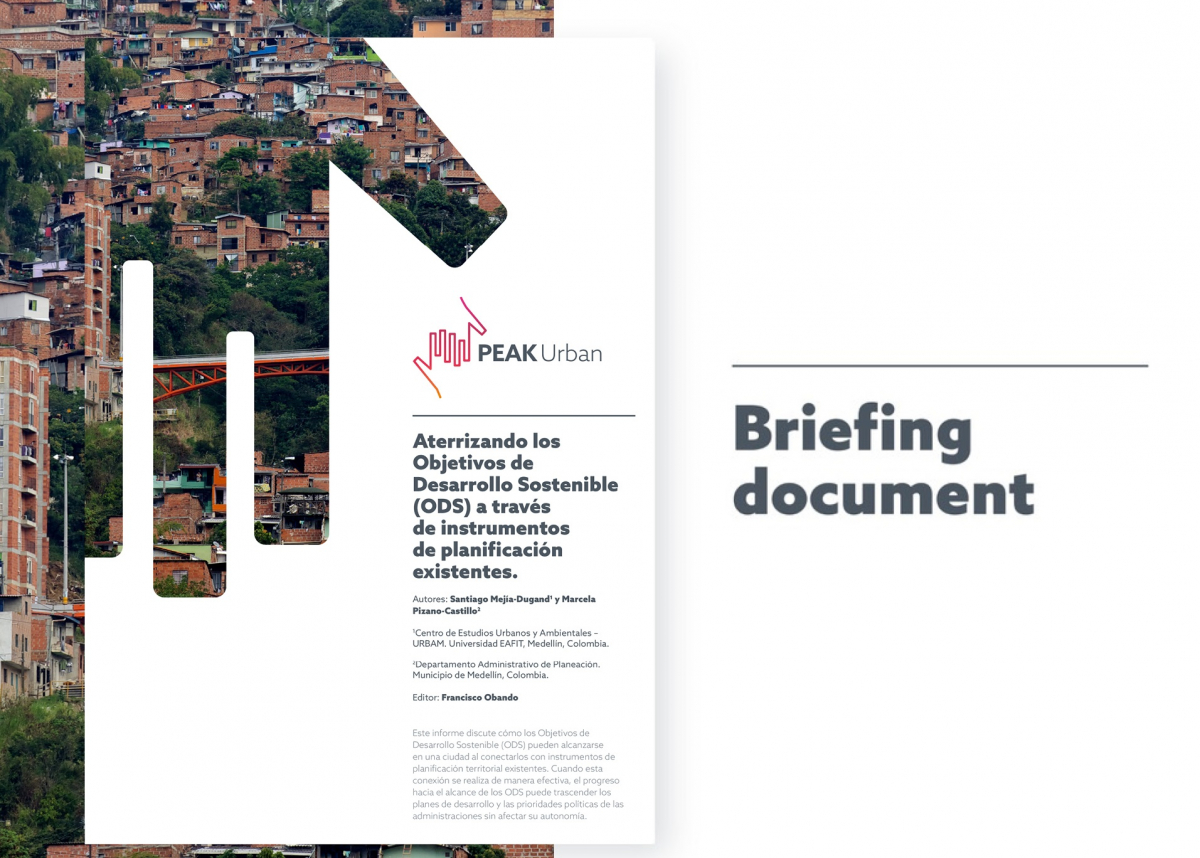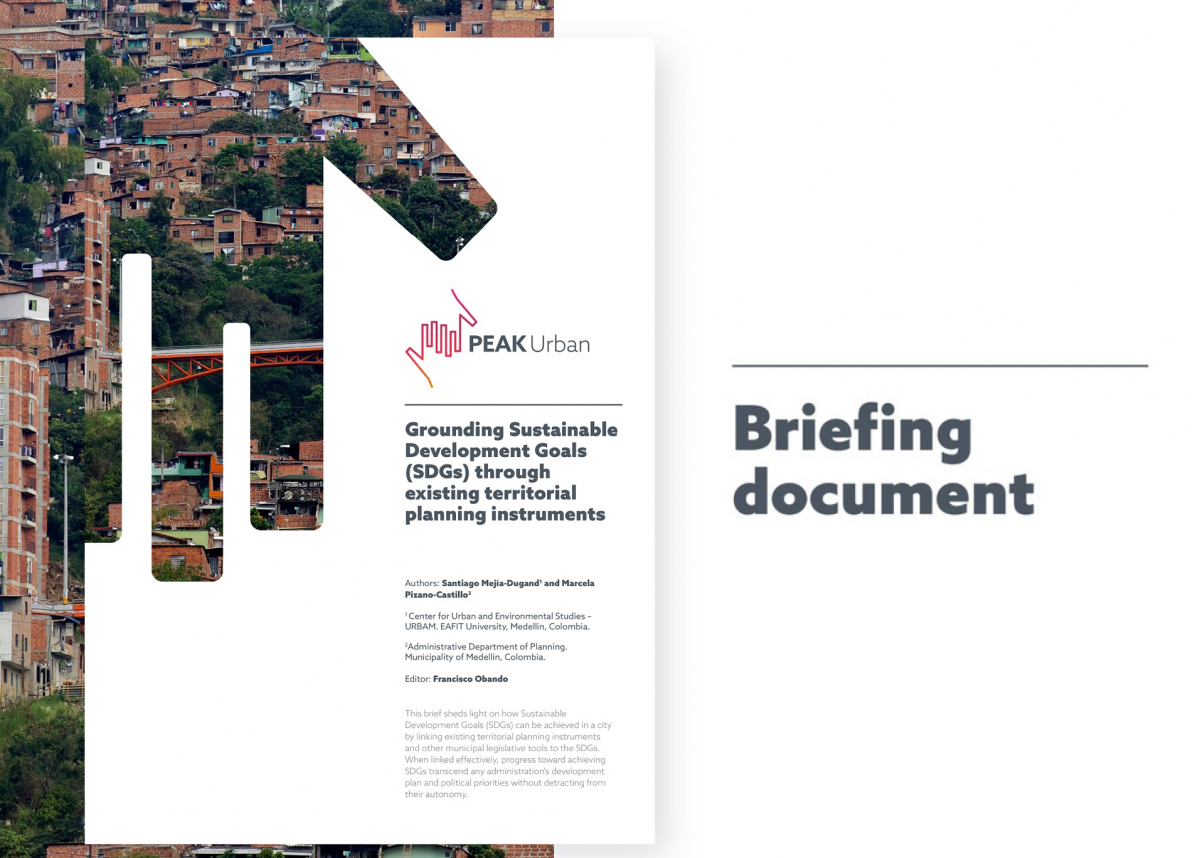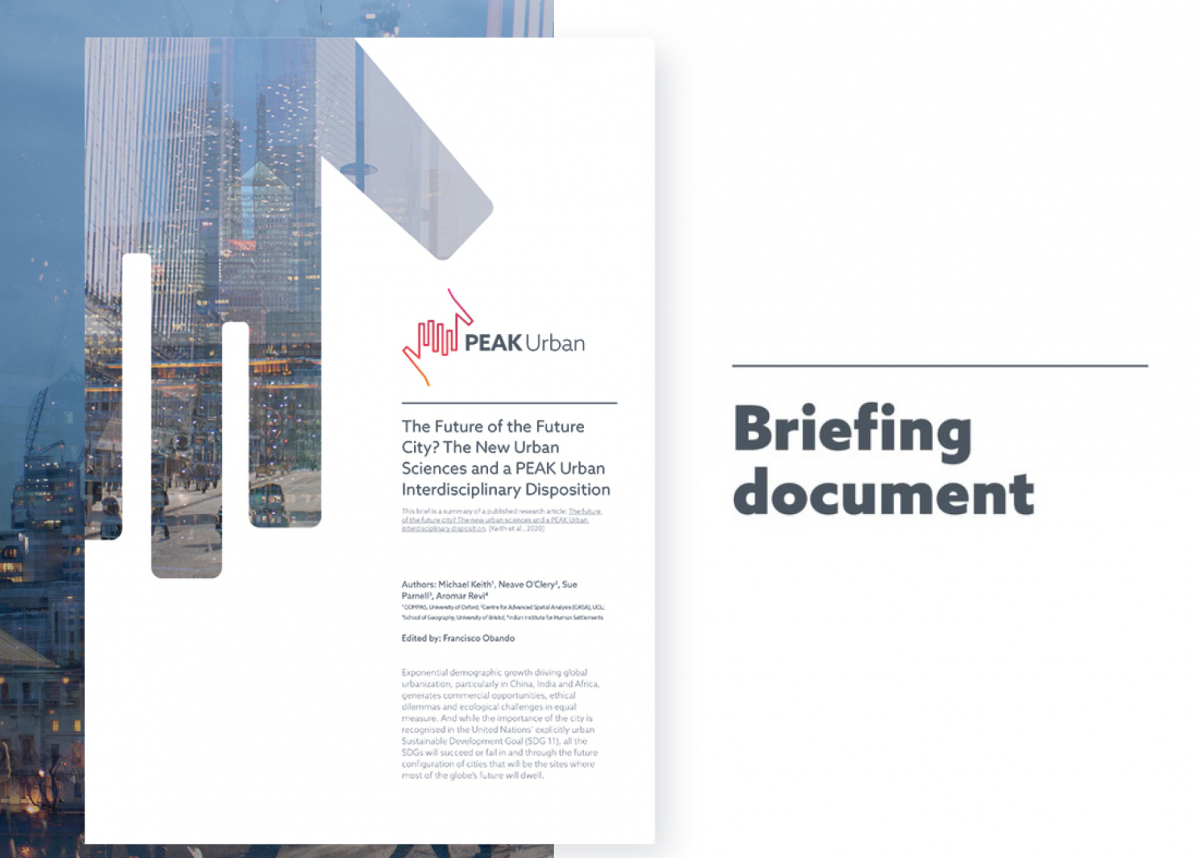
Seasonal variations of park visitor volume & park service area in Tokyo: A mixed-method approach combining big data & field observations
Urban green and open space are important components of achieving the goal of planning sustainable cities, by offering health benefits to urban dwellers and providing socio-economic and environmental benefits to society.
Recent literature has studied the usage of urban parks. However, few has addressed seasonal fluctuations of park visitor volume, let alone seasonal variations of home-park travel distances and park service areas.
This paper not only empirically shows the seasonal variations of park visits but also examines links between the park visit patterns and spatial characteristics of the case parks. Applying spatial analysis methods to location data of over 1 million anonymous mobile phone samples collected from January to December 2011, we analyzed the seasonal variations in six medium-sized urban parks, of which size falls under the category of ‘district parks,’ in central Tokyo.
We also conducted content analysis of a Japanese place review website to understand visitor perceptions of the case parks. Park spatial characteristics data were collected and summarized through various ways including field observation and satellite image analysis.
The results show that (1) while notable seasonal variations of park visitor volume and park service area existed in all case parks, the degree of variation also differed from park to park; (2) spatial characteristics of parks were closely interlinked to seasonal cultural events, to visitor perceptions, and consequently to seasonal fluctuations of the park visit patterns.
Lessons learned from the policy perspective include highly diverse user groups visit these medium-sized urban parks than what the typical guidelines assume, and seasonal patterns of their visits considerably vary from park to park, interacting with spatial characteristics of the parks.
Hence, the urban park planning process should consider specific and detailed characteristics of parks and allocate resources to respond to dynamic park visit patterns beyond generic guidelines.
